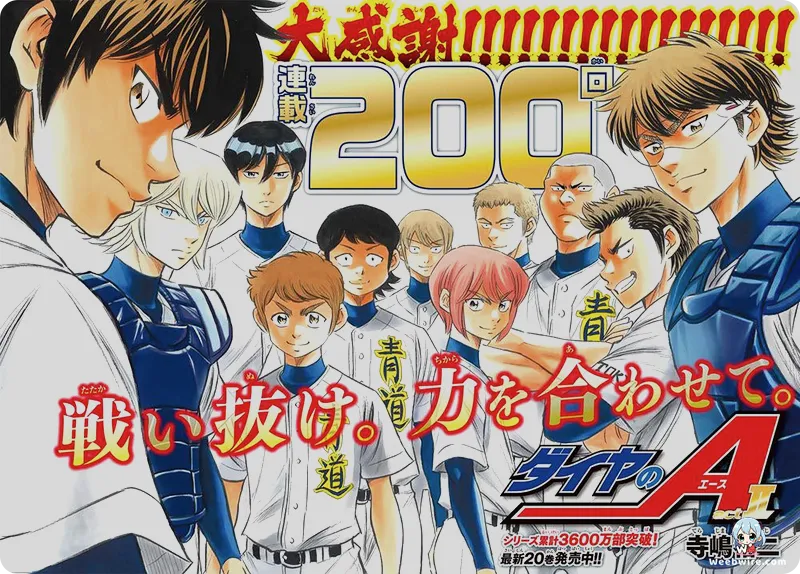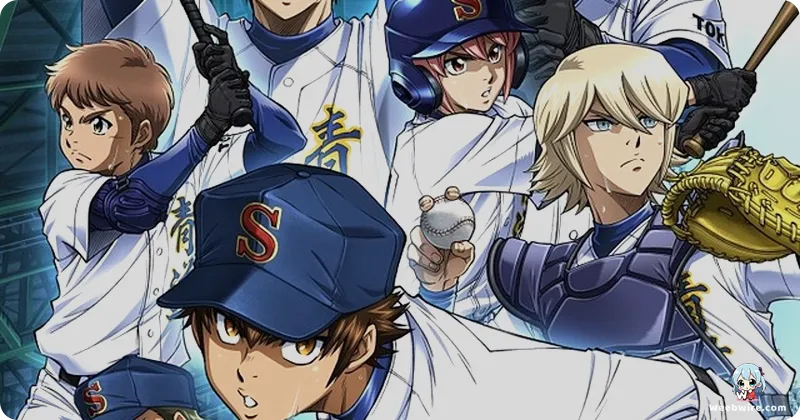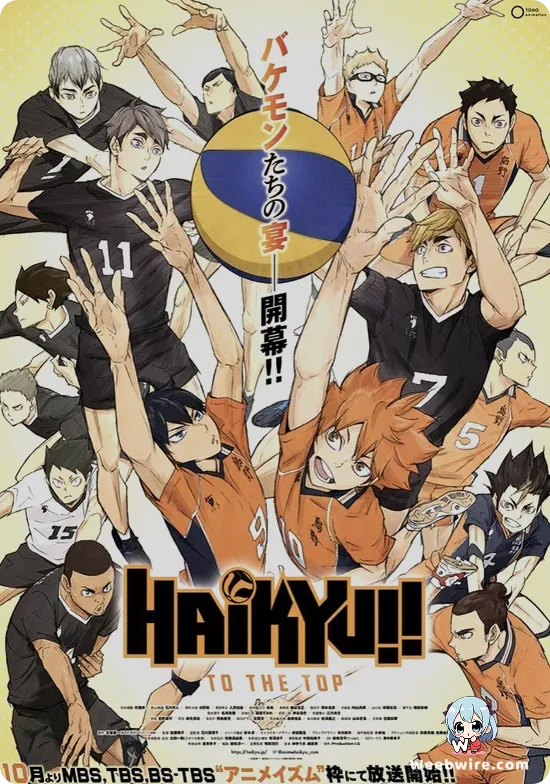The Art of the Spin: Unveiling the Hidden Technical Realism and Production Secrets of Ace of the Diamond act II

Yuji Terajima's acclaimed baseball saga, Ace of the Diamond, achieved the rare feat of not only maintaining but significantly amplifying its intensity in the much-anticipated continuation, Act II. While fans are deeply invested in the core narrative chronicling Eijun Sawamura’s relentless ascent toward becoming the indispensable Ace of Seidou High School, the meticulous production, subtle character evolution, and staggering underlying realism conceal a treasure trove of fascinating details often missed by casual viewers. These insights illuminate the extraordinary effort required to transform a high-stakes sports narrative into a truly immersive viewing experience.
The Foundation of Technical Accuracy
Central to the enduring success of the entire Ace of the Diamond universe, particularly evident in Act II, is the creator Terajima’s fanatical dedication to technical accuracy. A well-known baseball enthusiast, Terajima ensures that the depiction of pitching mechanics, strategic fielding, and complex managerial decisions are grounded in real-world physics and professional strategy. Unlike many genre counterparts that rely on exaggerated, fantastical abilities, Ace of the Diamond Act II keeps its drama rooted in authenticity.
A prime example is the evolution of protagonist Sawamura’s diverse pitching arsenal. His development of unique ‘numbers’ (change-up grips) is not arbitrary plot filler; these pitches are meticulously based on actual grips and movement patterns utilized by professional athletes. The fine differences in finger placement and release points, which become pivotal plot points in Act II, are rendered with such precision that aficionados of the sport can often instantly recognize the pitch's real-world counterpart. This unwavering commitment to technical nuance elevates the suspense beyond mere emotional stakes, richly rewarding those who appreciate the subtleties of the game.

Production Excellence and Sound Design
Beyond the drawn frames, Studio MADHOUSE faced monumental production challenges in animating Act II. Tasked with depicting rapid-fire, high-impact action such as a 150 km/h fastball or the precise rotation of a nasty change-up, they had to maintain consistent character models and fluid motion across dozens of episodes. Crucially, the sound design contributes immensely to the atmosphere. The visceral "pop" of the catcher's mitt, the crack of the bat, and the players' strained grunts are essential.
A lesser-known fact is the commitment of the voice actors, who often engage in genuine physical exertion during recording sessions to ensure the shouts and gasps sound authentic, particularly during the grueling final innings of a Koshien qualifier. This level of dedication ensures the audience genuinely feels the physical and mental toll the game extracts from its players, a sensation acutely felt during Act II's most tense confrontations.
Subtle Character Symbolism and Detail
Character details further deepen appreciation for the ensemble. Sawamura's journey in Act II moves beyond raw passion towards slow, methodical refinement. His quirky habit of communicating with his pitches his ‘numbers’ while sometimes played for humor, symbolizes the deep psychological connection essential for pitchers maintaining extreme mental fortitude. His jersey number, 18, is historically significant, often reserved for key relief specialists or high-potential younger players, signifying his emerging status rather than the traditional, established Ace (who typically wears 1).
Similarly, the cool and calculated Captain Miyuki Kazuya conceals significant emotional burdens. The detailed drawing of his protective gear mirrors high-level Japanese high school equipment. His leadership philosophy, often involving the sacrifice of personal glory for team cohesion, is a subtle yet vital aspect of his character arc that is easily overlooked beneath his charismatic exterior. This overall commitment to detail across story, production, and character development cements Ace of the Diamond Act II as a monumental achievement in the sports anime landscape, offering an experience steeped in both realism and emotional power.
Credits
Ace of the Diamond act II
Author
Yuji Terajima
Cover Art
Yuji Terajima
Studio
MADHOUSE
Publisher
Kodansha
Producers





